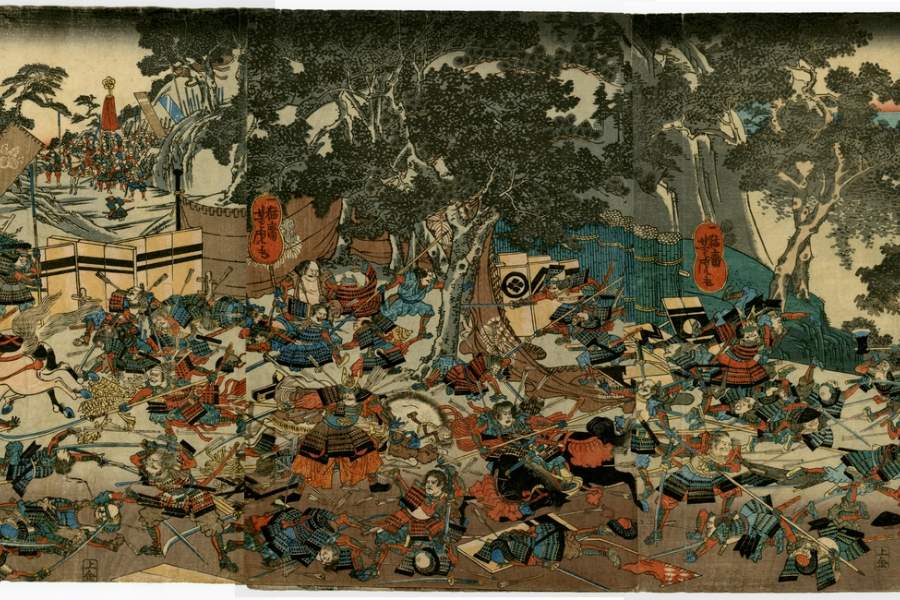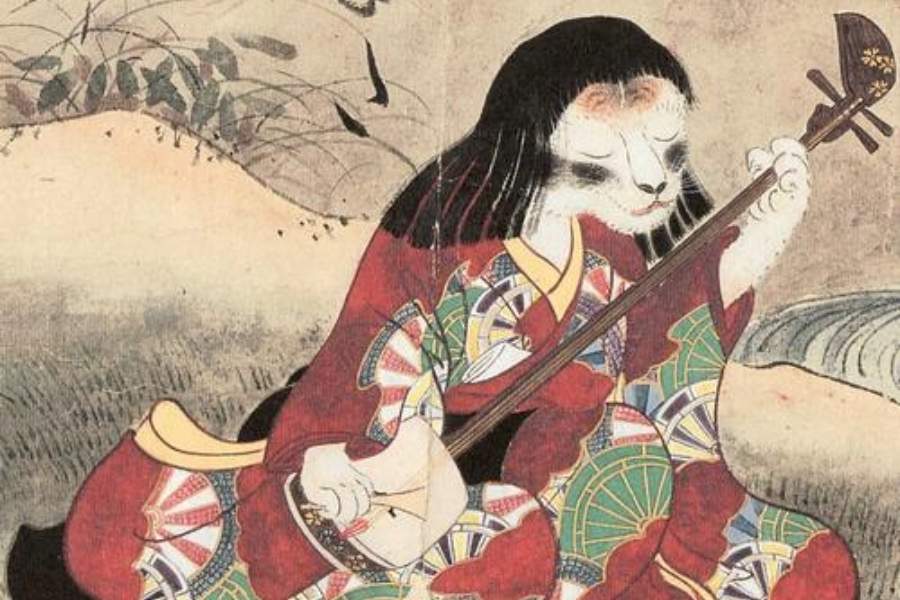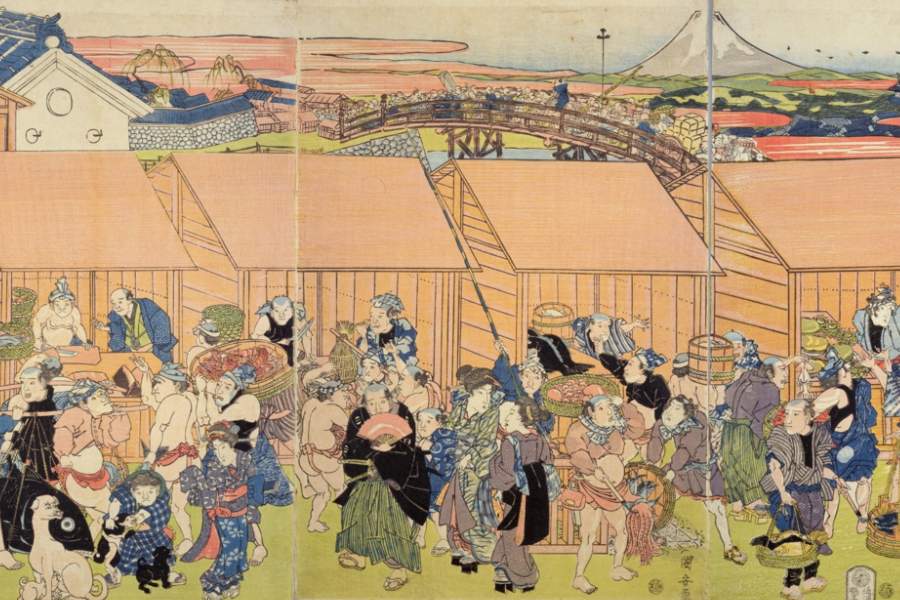When you ask people to mention a thing from Japan, typically their answer would be Mount Fuji, Sakura flowers, samurai, or anime. However, there was a period when people would answer literature. The height of Japanese literature in the Edo period was an inspiration even for modern media.
The modern Japanese literature that exists now isn’t its first literary bloom, though. To understand the surging love for literature in Japan, we have to be aware of its surrounding context.
First, popular culture grows when the people are at peace. Second, historically speaking, Japanese literature took a great influence from Zen Buddhism. Third, we have to acknowledge that literature changes over time. So, the expansion of Japanese literature in the Edo period (1600–1868) was an inevitable fate.
The End Of The Warring Era

The Japanese literary history can be categorized into several phases. The Edo period was sort of the time when people got very creative and took so much liberty in producing artwork. This is because the Edo period marks the end of the Sengoku Jidai, a period when the nation was ablaze due to constant war among clans.
Peacetime means more food and less unrest. More leisurely time and fewer conflicts. More people were alive and fewer people were buried six feet under. After a long series of bloodshed, the Edo period brought stability to Japan. The growth of merchants and economic prosperity left the people free to make art and literary works.
The Edo Period Left Philosophical Legacies In Art And Literature

The absence of conscription for war encouraged the Japanese to write, theorize, and imagine the wildest fictions. Among the most famous books from this period, Miyamoto Musashi’s The Book Of Five Rings still finds its relevance to this day. It’s a swordsmanship instructional book with a philosophical outlook, written around 1645.
Miyamoto Musashi was a sword-saint, famous for his incredible record of winning 61 duels. He became an inspiration for many samurai fictions. He took influences from Buddhism into his philosophy. This is partly because Buddhism was a popular belief in Japan. For that reason, The Book Of Five Rings and his other book The Path Of Aloneness still have their impacts on modern Japan.
Aside from literature on philosophical swordsmanship, the Edo period also made exchanges of folklore and local stories possible. The increased economic activity meant people and cultures from various regions across Japan got thrown into melting pots in big cities. Then, Sawaki Suushi compiled them and made a bestiary of yokai, some of which are still popular in modern media.
Manga And Anime Trends Originate From The Edo Period

Among the spiritual creatures in Hyakkai Zukan, the ones with feline features such as Nekomata and Bakeneko got a particularly noticeable popularity. Especially, among Edo period Japan’s red-light districts. Adult entertainers would purposefully put on costumes and accessories to attract customers. The yokai tales behind the catlike looks also contributed to rumors that the courtesans were secretly shapeshifting cat yokai.
The cat girl, as people say, is a form of beastfolk trope in anime. Nowadays, most depictions in manga and anime show cat girls as cute, harmless, and even over-sexualized. Although unfortunate, the sexualization of catlike characters in Japanese media is somewhat of a deep-rooted culture, originating from Edo adult entertainment. Never would’ve guessed that cat girls are actually hundreds of years old, wouldn’t, you?
Baca juga: How Stories Shape Moral Compass In Culture
